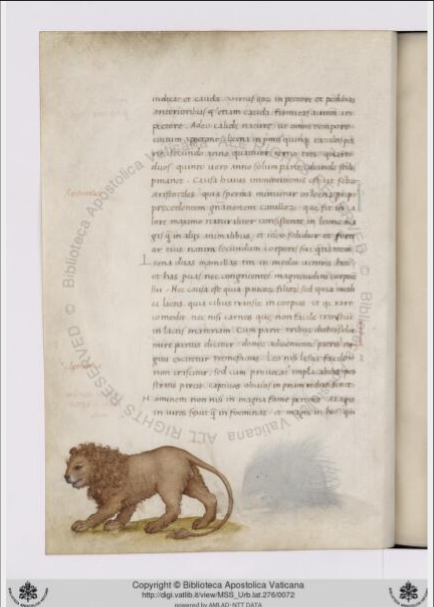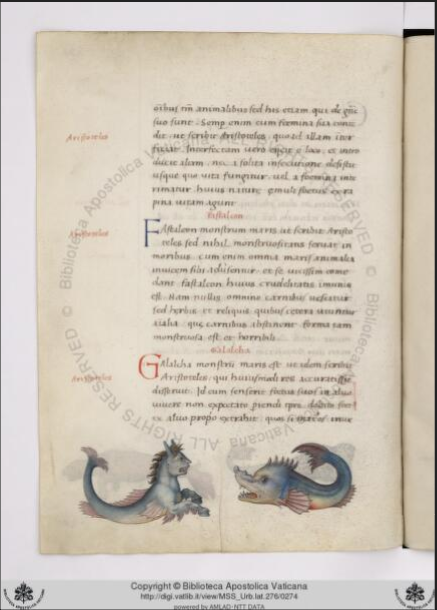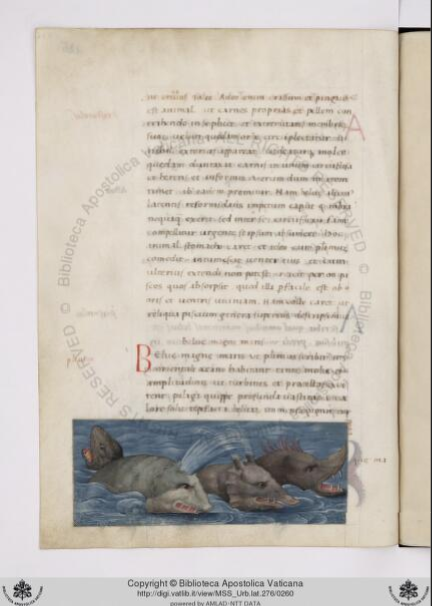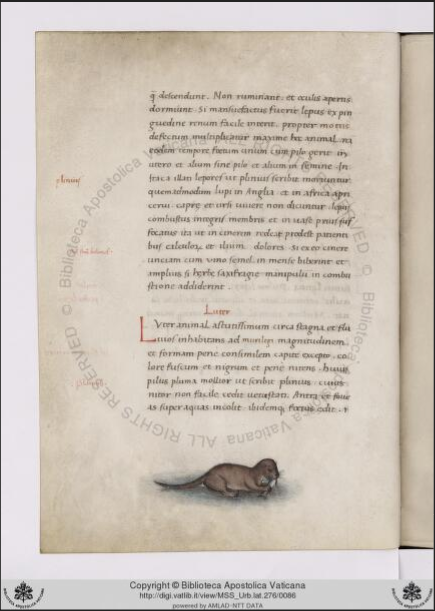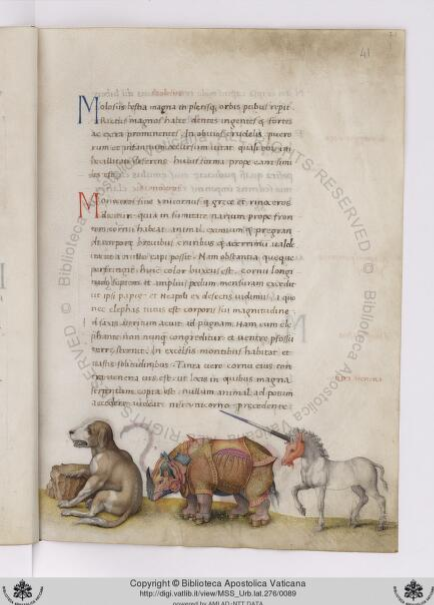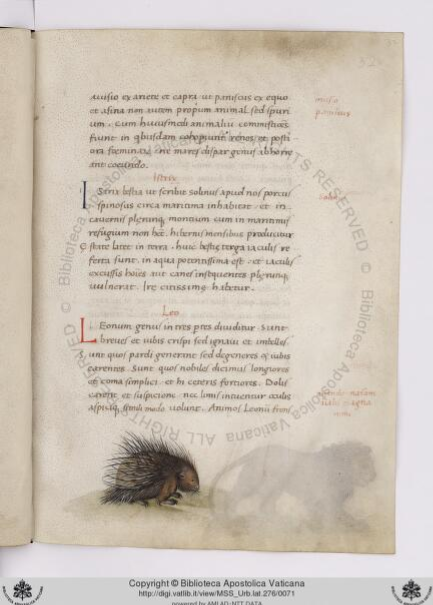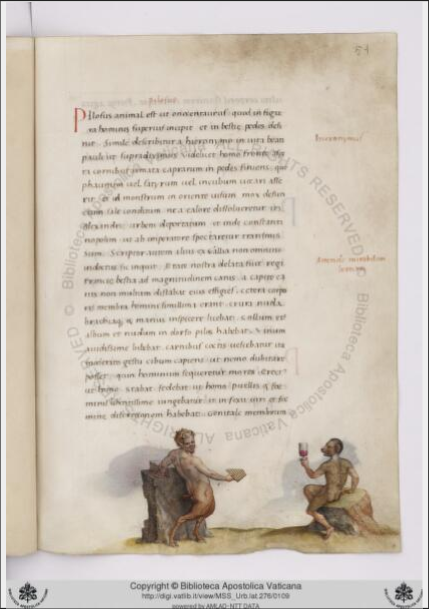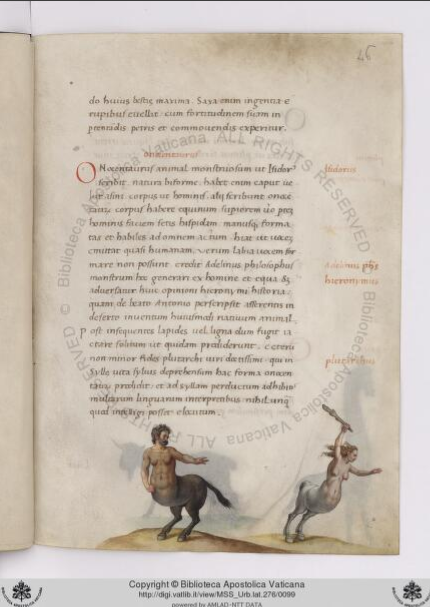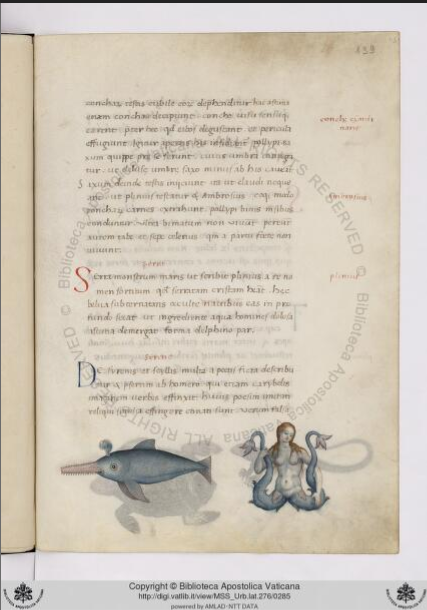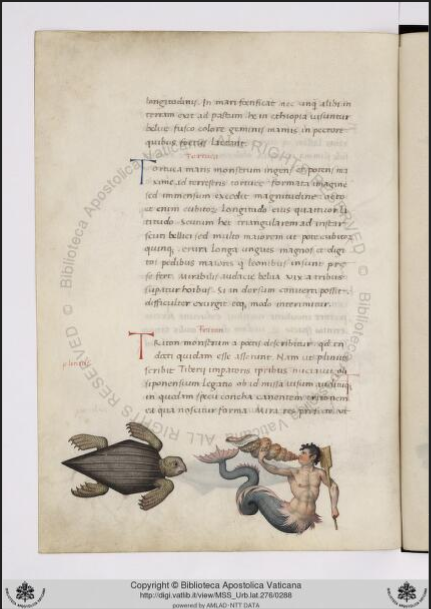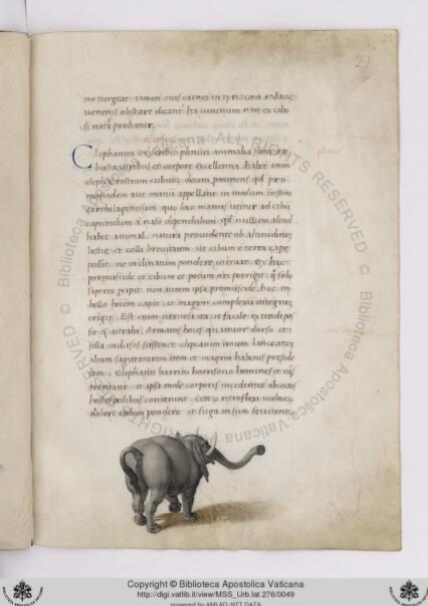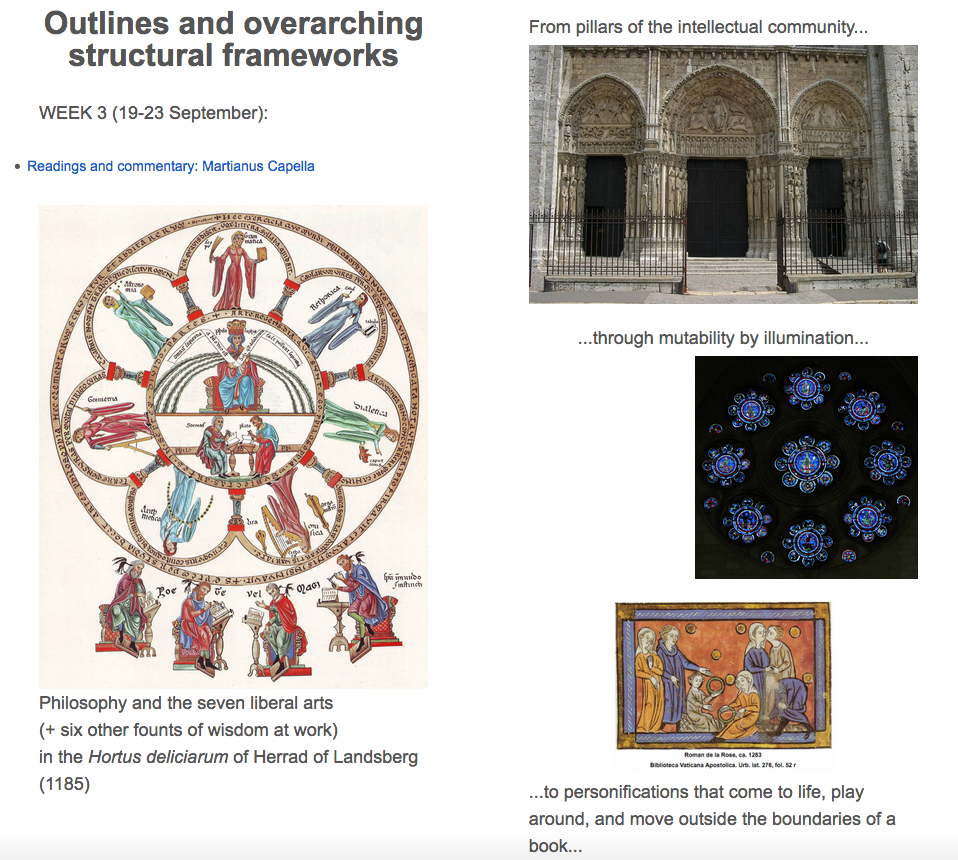
Unlabelled images above:
—Chartres: Cathedral of Our Lady
West façade, west/royal portals. Right-hand portal feat. the liberal arts and some exemplary “Classical authors”: authoritative authorities, classy quality writers, writers of standard texts in the school (&, later, university) curriculum (1140s-50s)
—Laon: Cathedral of Our Lady
North rose window: the seven liberal arts + medicine . Clockwise from top: rhetoric*, grammar, logic, astronomy, arithmetic, medicine*, geometry, music*; philosophy* at the centre (c. 1200 except * = 1865)
TUESDAY
- introduction to the liberal arts via student group presentations of their findings from Thursday’s fieldwork on each of their liberal arts and its representation in Martianus Capella, The Marriage of Philology and Mercury (1): Grammar, Logic, Rhetoric, Arithmetic, and Geometry
- SOME BONUS EXTRA IMAGES:
- Images of the seven liberal arts on Wikimedia Commons
- Some links on Chartres Cathedral and its west portal:
—Khan Academy three-part series
—Wikipedia article and images on Wikimedia Commons
—Allen S. Farber History of Medieval Art Course (SUNY-Oneonta, 2012), seminar on the royal portals of Chartres feat. images from a searchable database of 3,000+ images and descriptions of Chartres Cathedral (Alison Stones, University of Pittsburgh; project in conjunction with their Digital Library)
—Titus Burckhardt, “The Seven Liberal Arts and the West Door of Chartres Cathedral.” Studies in Comparative Religion, Vol. 3, No. 3 (1969) via Medievalists.net - Wikimedia Commons images of the north rose window in Laon Cathedral (can be viewed as a slideshow)
THURSDAY
- (the same, continued) Astronomy and Music
- Astronomy links: British Library Harley MS 647 f. 19r & 21v
- Music link: the Guidonian hand, feat. live action

Bodleian Library Oxford MS Canon. Liturg. 216
- bridge from Philology & Mercury to the Romance of the Rose: perfect harmony and marvellous mystical marriages (1): the mystical
- The trivium & quadrivium
—Proclus (5th c.) trained as a lawyer, resumed further study at the Neoplatonic Academy of Athens = neo- in relation to Plato’s original academy in the 5th c. BCE; a human bridge between Classical Antiquity and Medieval
—Boethius (later 5th-early 6th c.) see “works” section of article, translation & work to harmonise, unify, and “marry” Classical (non-Christian) and Christian knowledge - Other marriages & unions: saints, monastic vows (“marriage” to Christ or, later in some orders, the Virgin Mary), monastic rules creating a unified community (“college” of “colleagues”), UBC regulations. A quick introduction to
—Example: Cluny (6th c. Benedictine foundation with later additions; link features good visualisations)
—What is a monastery?
—A quick introduction to monastic rules: centred on those in the north-east of England

- Monastic, abbey, and cathedral schools as precursors to universities
Examples: the early lives & careers of five (connected) scholars…
—Columba (6th c.)
—Adomnán (7th c.)
—Bede (late 7th-early 8th c.)
—Alcuin (8th c.); see also this introductory piece on him and Charlemagne and his Frankish liberal arts schools (a.k.a. The Carolingian Renaissance) from the National Centre for Early Music (UK)
—Remigius of Auxerre (9th c.), who writes commentaries inc. on Philology and Mercury and collects & preserves & comments further on earlier scholars’ commentaries (inc. Boethius & Bede)

- The trivium & quadrivium
(Footnote / tangent: Given the scholarly network above, the richness of the area, its strategic location on trade routes, sizeable prosperous cities, powerful bishops and abbots, and the monastic network still visible today: one might have expected that there might be an early great ancient university in the north-east of England, following the late 11th-13th c. pattern of Bologna, Paris, Oxford. Yet there isn’t. Reasons why reported two weeks ago, BBC News.)

(Fortune Shrugged: Romance of the Rose)
-
- …Alcuin leads us to York and O’Brien field-work in York while students were doing their field-work in UBC (warning: large image-heavy file)

- The one-sentence plot summary of the Romance of the Rose (spoiler: dreamer gets rose)
- …Alcuin leads us to York and O’Brien field-work in York while students were doing their field-work in UBC (warning: large image-heavy file)
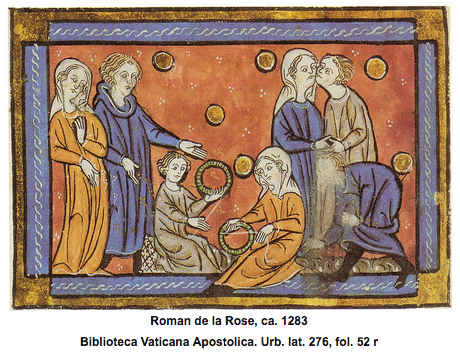
Image above: not in fact that manuscript; Vat. Urb. lat. 276 is later (mid-15th century) and still very interesting indeed, and another of these compendia of all knowledge that will haunt this course: in this case, a book of natural history. A selection follows below: all the usual suspects, with a particularly fine collection of elephants. Flick through the whole book here.
